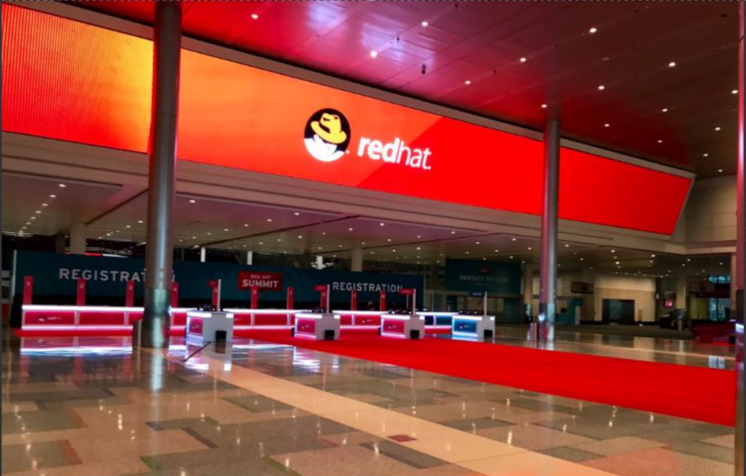
There may be a few more suits at the Red Hat Summit than last year, but while the company is increasing its enterprise appeal it’s definitely not forgetting about the developers that have helped to make it so popular.
During Red Hat’s first day keynote at its annual Summit conference, this year being held in Boston, the company spent the majority of the first session running through new products and features, with a distinctly developer first approach.
That’s not a criticism, Red Hat knows that it is improving its enterprise appeal, but its success stems from the ability to give developers the tools that they need to make their lives simpler, more quickly, and with better outcomes.
Paul Cormier, president products and technology at Red Hat said: “Developers need to build on a platform with the confidence that their applications will run in the same way everywhere.”
That is basically what the company was aiming at today with its product announcements around an extended partnership with AWS, OpenShift.io, a Container Health Index, and OpenShift Application Runtimes.

OpenShift.io is a free, online development environment that’s aimed at being used for creating cloud-native, container-based applications. The end-to-end application development environment doesn’t require any installation and is said to address all development phases.
The Container Health Index grades all of Red Hat’s containerised products as well as the Red Hat base layer of containers from certified ISVs. Basically, it is designed to inform customers of the strengths and weaknesses of different containers.
Aside from staying true to its developer base, Red Hat is pushing forward product development in these areas because of demand from enterprises.
In 2016 the top of the agenda concerns from businesses were around cutting costs, security, and automation, while in 2017 this has shifted to cloud strategy, developing apps faster, and optimising modern IT infrastructure that they already have.
Red Hat has already revealed some details around its plan for bringing apps back to the future, and has already fleshed out its cloud strategy successfully.
But while Red Hat has its cloud strategy sorted, many businesses don’t. Some of the top areas of focus are around multi cloud environments and integrating across public, private, and hybrid environments.
Red Hat improved its overall strategy in this area with the announcement of an enhanced strategic alliance with Amazon Web Services, with regards to the OpenShift Platform and containers.
With Red Hat wanting to be the best solution for giving developers the ability to build apps that take advantage of a dynamic infrastructure and services wherever they are, it’s perfectly understandable that the company would dedicate a large amount of time to developers.
In the end, developers are the ones that are pushing businesses forward, while the higher-ups may have sign off on what exactly is done, it is the developers that require the best tools to be able to do the job to the highest standard.
Although developers may be the key to the success of a modern business, there’s many organisations that have to balance developer creativity with strict management that are vital when operating in a highly regulated industry.
One such customer example for Red Hat is Barclays Bank, which has been using Red Hat for a number of years, it uses Red Hat tech such as the OpenShift Container Platform, JBoss Enterprise Application Platform and Red Hat Enterprise Linux as part of its application Platform as a Service.

Historically the bank had seen middleware as a proprietary dominated area, with most banks using the same tech. Now the bank is heavily invested in using Red Hat and open source technology as it sees the two as being important to being able to provide new capabilities to the customer.
Read more: Top 30 Under 30 in Cloud
It’s perhaps valuable to note that the vendors which are proving themselves to be market leaders, such as Red Hat, and Amazon Web Services, all spend a significant amount of time at their conferences with developer focused demo’s and discussions.
Those vendors that spend their conferences running through a sales pitch, are frequently the ones that have the most disappointing financial results.
Everybody needs developers and the best technology will be the one that wins out with mass adoption, Red Hat’s most recent financial results point to it winning much of the popular vote from developers, and a continued approach of putting them first will likely pay off.






